Let’s be real – building a successful startup in India isn’t for the faint-hearted. Between funding crunches, cutthroat competition and constantly changing markets, most don’t make it past year two. But the ones who do? They’ve got stories worth telling – gritty tales of survival, smart pivots and that one big break that changed everything.
1. OYO
OYO, founded by Ritesh Agarwal in 2013, has transformed from a small startup to a hospitality giant, reporting a staggering profit of 623Cr in FY25.
Bouncing back from cumulative losses of nearly ₹13,000 crore to report a surprising profit of ₹623 crore.

By 2019, OYO found itself facing staggering losses of nearly ₹13,000 crore as it aggressively expanded into international markets like China, the US, and Europe. Unfortunately, issues like poor unit economics, soaring operational costs, and conflicts with hotel partners put a serious strain on their finances. To make matters worse, the COVID-19 pandemic hit, prompting OYO to make tough decisions like cutting jobs, pulling out of unprofitable markets, and restructuring its operations.
To become profitable, OYO rolled out a few important strategies:
Cost-Cutting & Focus on Core Markets – OYO decided to pull out of China, the US, and some parts of Europe, choosing instead to zero in on India, Southeast Asia, and the Middle East.
Tech-Driven Efficiency – The company embraced automation for pricing, inventory management, and customer service, which helped them cut down on overhead costs.
Asset-Light Model Shift – Rather than relying on heavy leasing, OYO shifted to a franchise-first model, which significantly lowered their capital expenses.
Debt Restructuring & Fundraising – OYO successfully raised new capital while also renegotiating their debts to boost liquidity.
By FY2023, these measures paid off—OYO reported its first-ever profit of ₹100 crore, which surged to ₹600 crore in subsequent quarters.
OYO’s Journey Through Acquisitions and Challenges:
– AblePlus (2017) – A competitor in the budget hotel sector.
– Weddingz.in (2018) – A marketplace for wedding venues.
– Danamica (2019) – A European vacation rental company.
– Direct Booker (2022) – A tech firm aimed at boosting direct bookings.
But not every acquisition has been a home run. For instance, OYO’s takeover of @Leisure Group in Europe faced some bumps along the way due to integration challenges, and their expansion into China hit a wall with regulatory issues and a hefty cash burn.
2. Zerodha
Zerodha, founded in 2010 by Nithin and Nikhil Kamath, is a rare example of a bootstrapped Indian startup that not only avoided losses but consistently reported profits year after year—well before 2025.
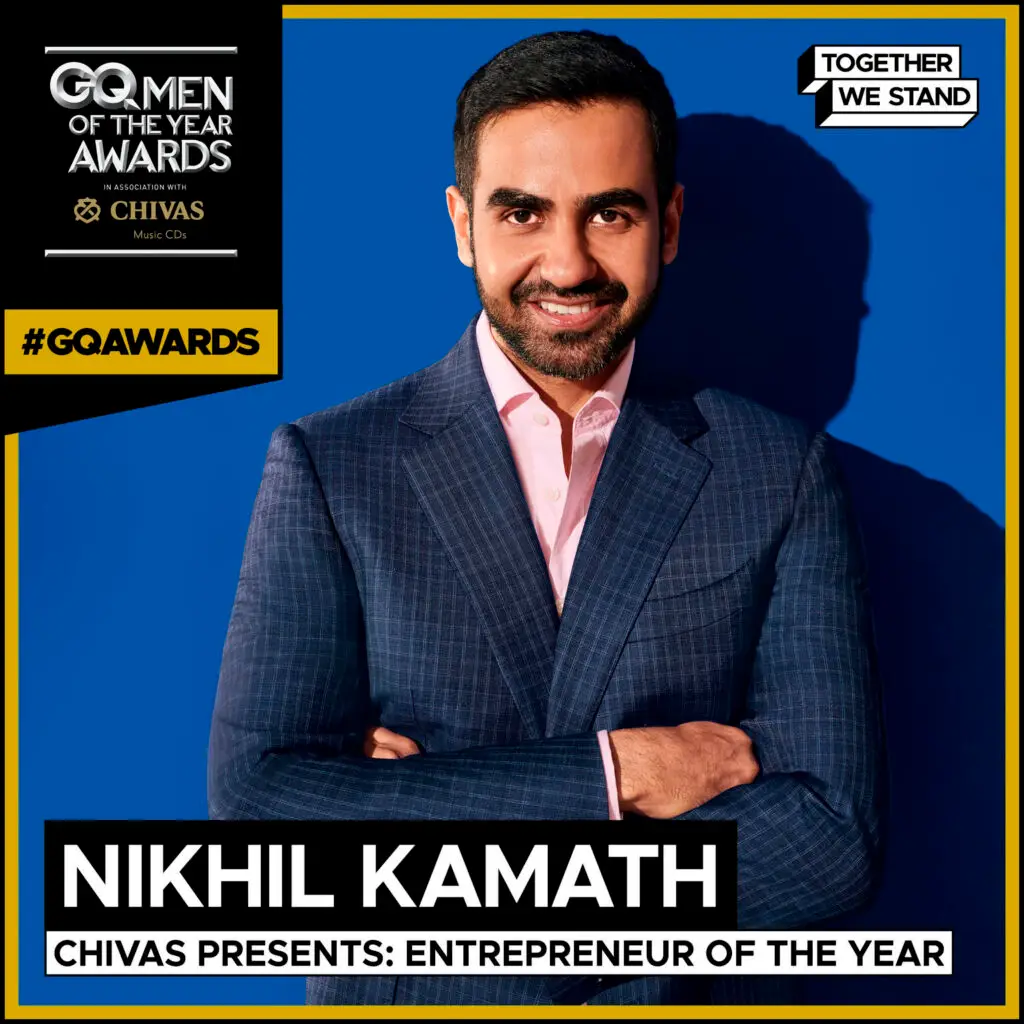
Zerodha has firmly established itself as the leading fintech player in India for FY2023-24, surpassing an impressive ₹6,000 crore in revenue and ₹2,500 crore in net profit—quite an achievement for a bootstrapped company.
This success stems from its innovative zero-commission model and a robust client base of 1.4 crore, all while maintaining profit margins above 40%. As the largest retail stockbroker in India, Zerodha is not just shaking up the market; it’s also branching out into mutual funds and global investing. With its sustainable, tech-savvy approach, Zerodha truly stands out in India’s financial services.
Zerodha has always been a self-sufficient company, never leaning on outside funding. Right from the start, the Kamath brothers turned down the usual venture capital path, opting instead to create a sustainable and efficient business model. Their innovative discount broking approach—offering zero brokerage on equity delivery and a flat fee of ₹20 for intraday and F&O trades—shook up the industry. By 2020, Zerodha had emerged as India’s largest retail stockbroker by active clients, thanks to a massive rise in young investors and traders post-pandemic.
To become profitable, Zeodha rolled out a few important strategies:
Zero-Funding – Zerodha avoided external funding, choosing to grow organically. This allowed the company to retain full control, avoid investor pressure, and focus purely on long-term profitability over aggressive expansion.
Tech-First, Low-Cost Operations – The company made a significant investment in creating its own trading platforms, such as Kite and Console, which automated most of the processes. This move greatly minimized the need for a large workforce and helped keep operational costs down.
Minimal Marketing Spend – Zerodha took a different approach by skipping the big advertising campaigns. Instead, they focused on word-of-mouth, actively engaging with the community, and launching educational programs like Varsity. This strategy allowed them to attract millions of users while keeping customer acquisition costs almost nonexistent.
Flat-Fee Pricing Model – Zerodha really shook up the broking world by introducing zero brokerage for equity delivery and just a flat ₹20 per trade for intraday and F&O. This innovative approach drew in a huge number of users and established a steady stream of revenue with minimal hassle.
3. Zoho
Founded back in 1996 by Sridhar Vembu and Tony Thomas under the name AdventNet (which later became Zoho in 2009), Zoho has blossomed into one of the most successful and sustainable SaaS companies in the world—all without relying on outside funding. Unlike startups like OYO, which needed billions in venture capital and struggled with significant losses before finally becoming profitable, Zoho has been self-sustaining from the very beginning, focusing on steady, organic growth rather than chasing rapid expansion. Based in Chennai, India, with offices around the globe in the US, Europe, and Asia, Zoho proudly serves over 100 million users in more than 180 countries, raking in an impressive estimated annual revenue of over $1 billion.

A Profitable, Debt-Free Business Model
Zoho has made a name for itself with its impressive suite of over 50 cloud-based business applications, covering everything from CRM to finance, HR, collaboration, and beyond. Unlike giants like Salesforce or Microsoft that primarily cater to large enterprises, Zoho focuses on small and medium businesses (SMBs) by offering affordable and user-friendly tools. Their freemium model is a smart move, drawing in users with free plans and then smoothly transitioning them to paid subscriptions. What sets Zoho apart is that they own their data centers, steer clear of ads, and reinvest their profits into research and development—this strategy not only ensures long-term stability but also keeps them free from the pressures of investors.
Strategic Differentiation from OYO’s Challenges
While OYO faced challenges like cash burn, debt, and unsuccessful attempts to break into the Chinese and US markets, Zoho took a more measured approach, concentrating on deepening its product offerings instead of chasing market share. It steered clear of OYO’s mistakes by:
Saying no to VC funding, which helped them avoid the pressure to grow at any cost.
Focusing on rural India, where they cut expenses by establishing Zoho Schools to train local talent.
Owning their technology stack, which minimized their dependence on outside vendors.
Emphasizing profitability instead of getting caught up in flashy metrics like valuation.
4. Mamaearth
Mamaearth was founded in 2016 by husband-wife duo Ghazal Alagh and Varun Alagh. The inspiration came when Ghazal struggled to find safe, chemical-free baby products for her first child. Starting with just a few baby care items, the brand quickly expanded into skincare, haircare, and wellness products, positioning itself as a toxin-free, natural alternative in India’s fast-moving consumer goods (FMCG) market.
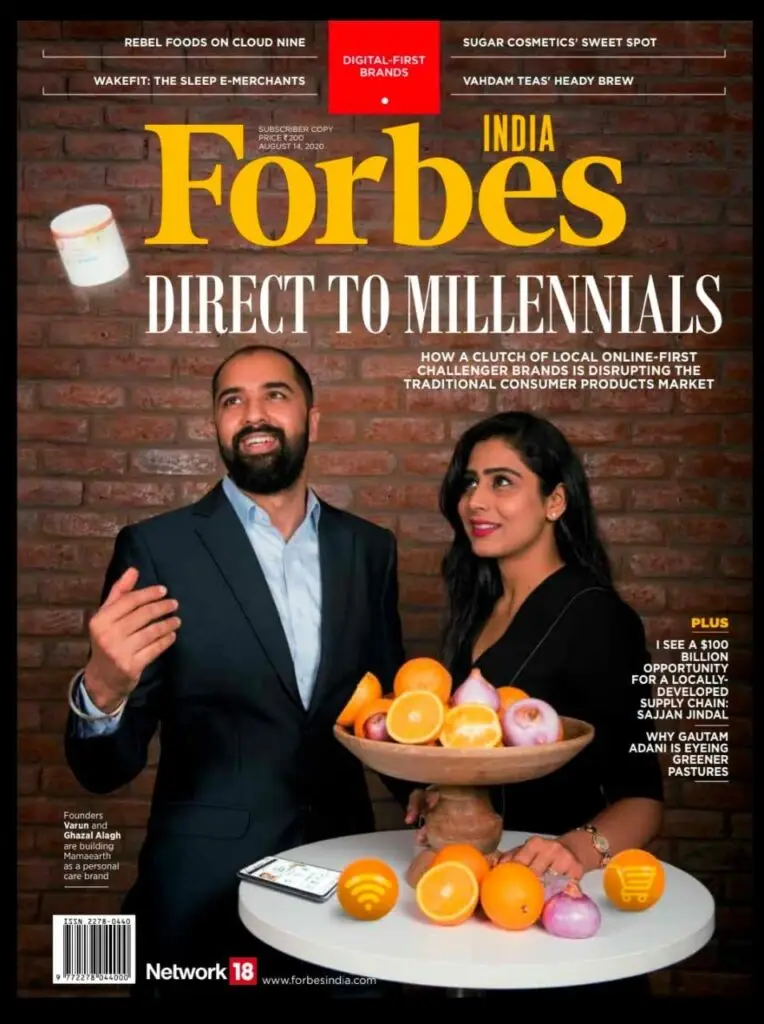
Growth, Profitability, and Expansion
In its early years, Mamaearth faced significant losses due to high marketing expenses, influencer collaborations, and aggressive expansion. However, by 2021, the company turned profitable as its customer base grew and operational efficiencies improved. By FY 2022-23, Mamaearth reported revenues exceeding ₹1,500 crores with net profits around 20-30Cr. This turnaround was driven by strong online sales, retail expansion, and successful product diversification under its parent company, Honasa Consumer Ltd.
The brand’s success attracted major investors, including Sequoia Capital and Sofina Ventures, and in 2023, Mamaearth filed for an IPO with a valuation of around $3 billion. Despite controversies over “greenwashing” claims and heavy reliance on digital marketing, Mamaearth has established itself as a leading D2C (Direct-to-Consumer) brand in India, with a presence in international markets like the UAE and Singapore. Its journey from initial losses to profitability reflects the growing demand for clean, sustainable personal care products in India.
5. boAt
What started as a modest venture in 2016 has today become synonymous with India’s audio revolution. Founded by Aman Gupta and Sameer Mehta, boAt began its journey by selling rugged, stylish cables before tapping into the booming wireless audio market. The founders spotted an opportunity—India’s youth needed affordable, high-quality audio gear that matched their lifestyle. Fast forward to today, and boAt isn’t just a brand; it’s a cultural phenomenon.
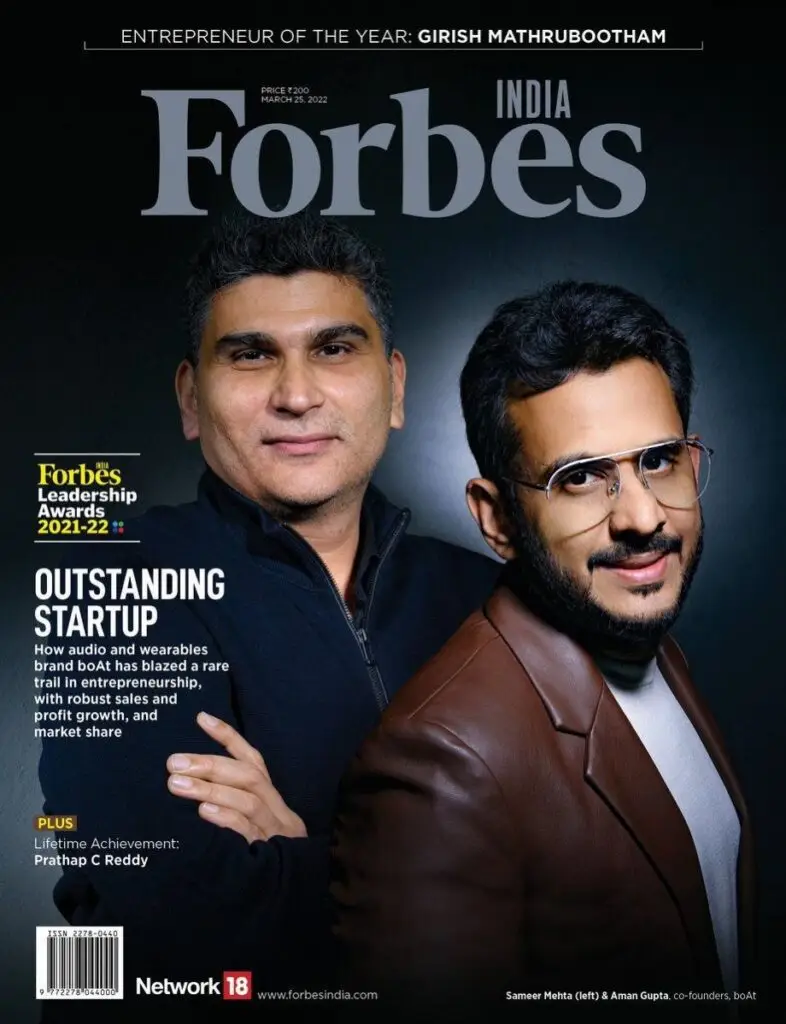
From Struggle to Market Domination
The early days weren’t easy. Competing against established global players like Sony and JBL, boAt had to carve its niche. The breakthrough came with a digital-first approach—aggressive social media campaigns, influencer tie-ups, and celebrity endorsements struck a chord with young Indians. By 2020, boAt had surged ahead, capturing the largest share of India’s wearable audio market.
Financially, the numbers tell a compelling story. In FY 2022-23, boAt’s revenue crossed ₹3,000 crore approx. This made boAt India’s first D2C unicorn in the audio segment.
Innovation and Expansion
boAt’s success lies in its ability to evolve. From earphones and headphones, the brand expanded into smartwatches, gaming peripherals, and IoT devices. Its products, known for vibrant designs and competitive pricing, dominate online marketplaces like Amazon and Flipkart.
Challenges on the Horizon
Despite its success, boAt faces hurdles. Some users report durability concerns with budget models, and reliance on imported components remains a vulnerability. Competition is intensifying, with rivals like Noise and Boult chipping away at its market share.
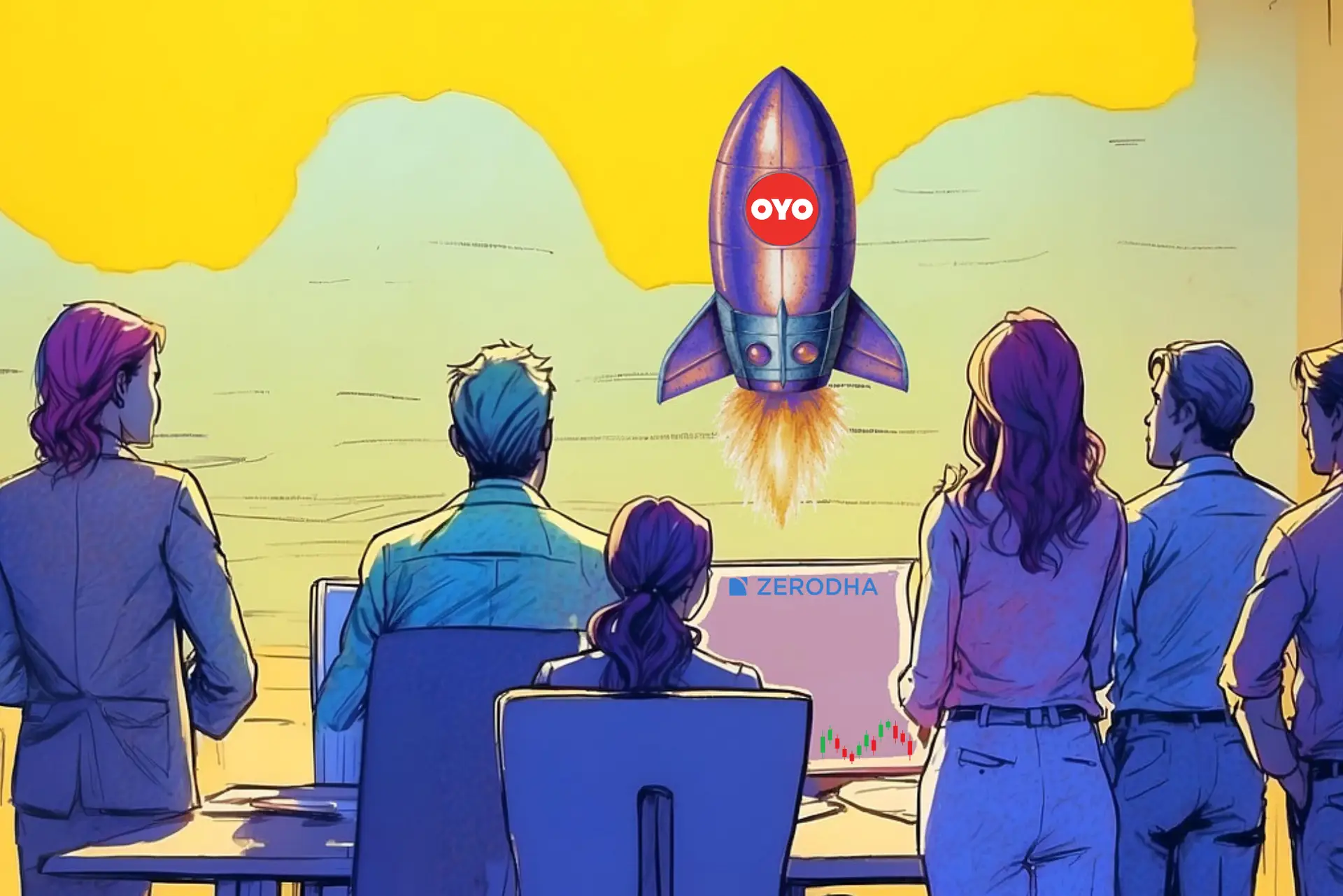
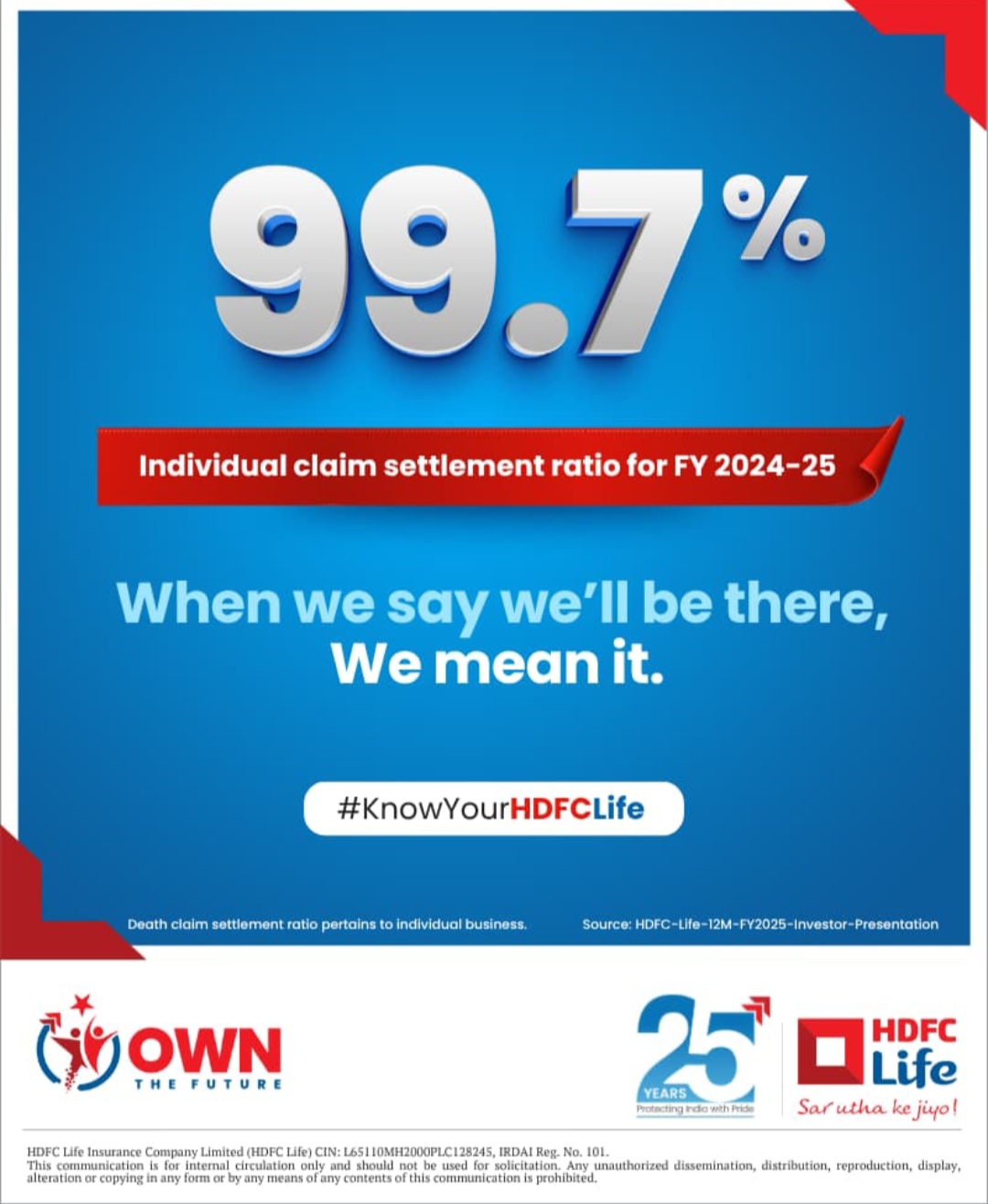
Leave a Reply